The small town of Soufli in northern Greece was selected as one of the world’s top tourist destinations for 2021, by World Tourism Organization (UNWTO). The award was justified by the fact that the city has managed to preserve traditional silk production in its full chain, from the cultivation of mulberry trees to the production and marketing of silk fabrics, which is unique in Europe.

Moreover, Soufli and its surroundings offer an impressive variety of attractions, such as an outstanding national park, a 45-million-year-old fossil forest, several prehistoric megalithic monuments, as well as numerous Muslim and Christian religious sites.
Another aspect highlighted by the UNWTO is Soufli’s excellent wine and meat production, the beekeeping and other local traditions and crafts. “Soufli is perfectly placed to develop an alternative to mass tourism by focusing on offering unique experiences with a local touch,” concludes the UNWTO.
The silk town of Soufli is emerging
The town and municipality of Soufli are located in northeastern Greece and are stretched out on the eastern side of the mighty Rhodope Mountains. The city center is located just 1600 feet away from the Evros River, which forms the natural border between Greece and Turkey.
The area has a long history dating back to prehistoric times. Megalithic monuments, rock paintings, sacrificial sites and inscriptions indicate very early human presence. Ancient tombs and other important archaeological finds confirm a flourishing civilization during the Hellenistic period.

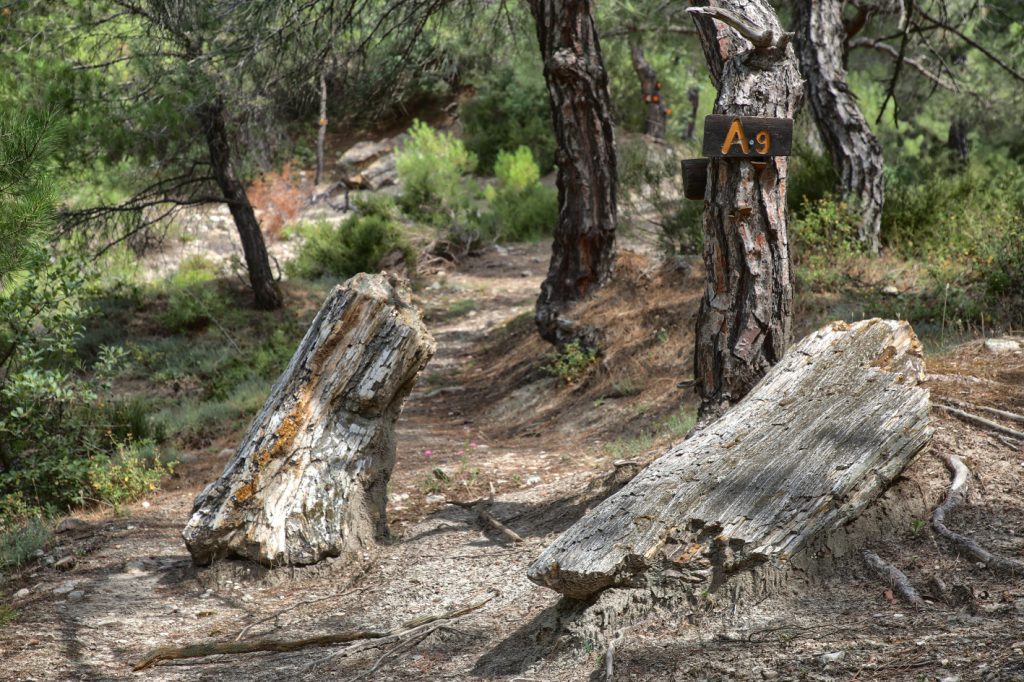
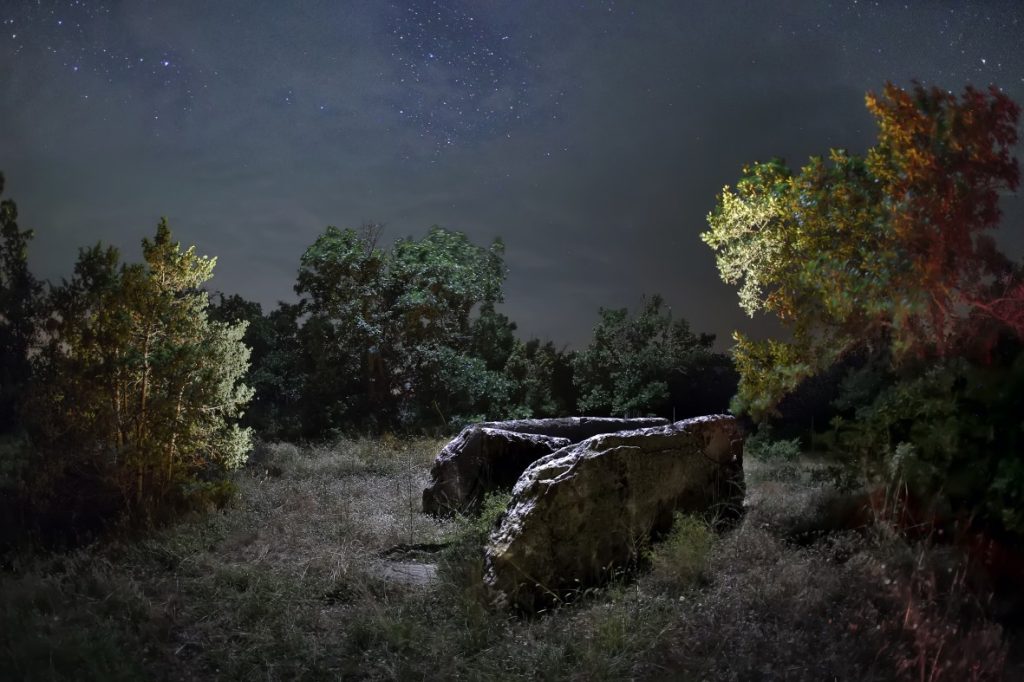
According to Dr Athanassios Gouridis, civil engineer-archaeologist of Municipality of Soufli, the town was first mentioned 1401-1402, (as Sofular Mehmedi) when it was tax-freed in order for the inhabitants to serve as river – passers. Another early documentation is dated back to 1667 when the Turkish traveler Evliya Çelebi mentions that “Sofulu is a main village that does not pay taxes to the Sublime Porte” (Ottoman Empire).
Eventually, Soufli developed into an important hub for trade and cultural exchange. In the 19th century, the city became the administrative center of a rich province that stretched on both sides of the Evros Valley.
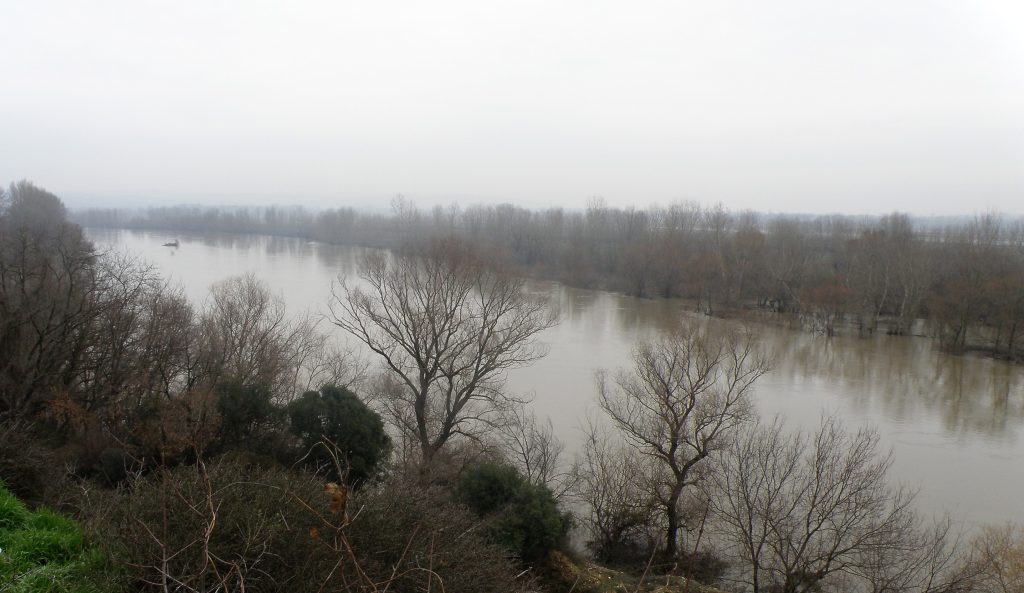
The development of new methods of silk production and the expansion of the national railway network in the late 19th century contributed significantly to the impressive economic development of the following decades. The city’s economy flourished and prosperity increased significantly in the wake of the expanding silk industry. At the same time, there was a social and cultural renaissance. The population of the silk town of Soufli almost tripled at the turn of the century and the educational level of its inhabitants increased significantly. Alongside the many silk factories, new schools, churches and theaters were built, which still characterize the townscape today.
In the latter part of the 20th century, however, there was a marked deterioration in economic prosperity and a slowdown in previously prosperous development. This decline can be attributed to a variety of factors. The Greco-Turkish war of 1919-22, when Soufli lost tens of thousands of hectares of land with mulberry trees east of the river Evros, and the introduction of synthetic silk are perhaps the main reasons for this deterioration. In the latter part of the 20th century, Soufli suffered several devastating floods in its low-water areas. In the summer of 2023, the catastrophic forest fires that raged throughout Greece destroyed large parts of the Dadia National Park.
Cocoon houses – koukoulospita
The UNWTO motivation also praised the historic local architecture of Soufli, especially the characteristic cocoon houses (κουκουλόσπιτα/koukoulospita or μπιτζικλίκια/bitziklikia). They are impressive two- or three-storey brick buildings in an industrial style with symmetrical facades and large open interiors. In these buildings, silkworms were bred in large beds of mulberry leaves where they spun their precious cocoons. The buildings also served as housing for the families of the silk producers. There are several dozen cocoon houses left in the silk town of Soufli. Most are now abandoned but some have been renovated and refurbished. One of the most famous is Kalesis’ cocoon house, which has been converted into a small hotel, hotel Koukouli.
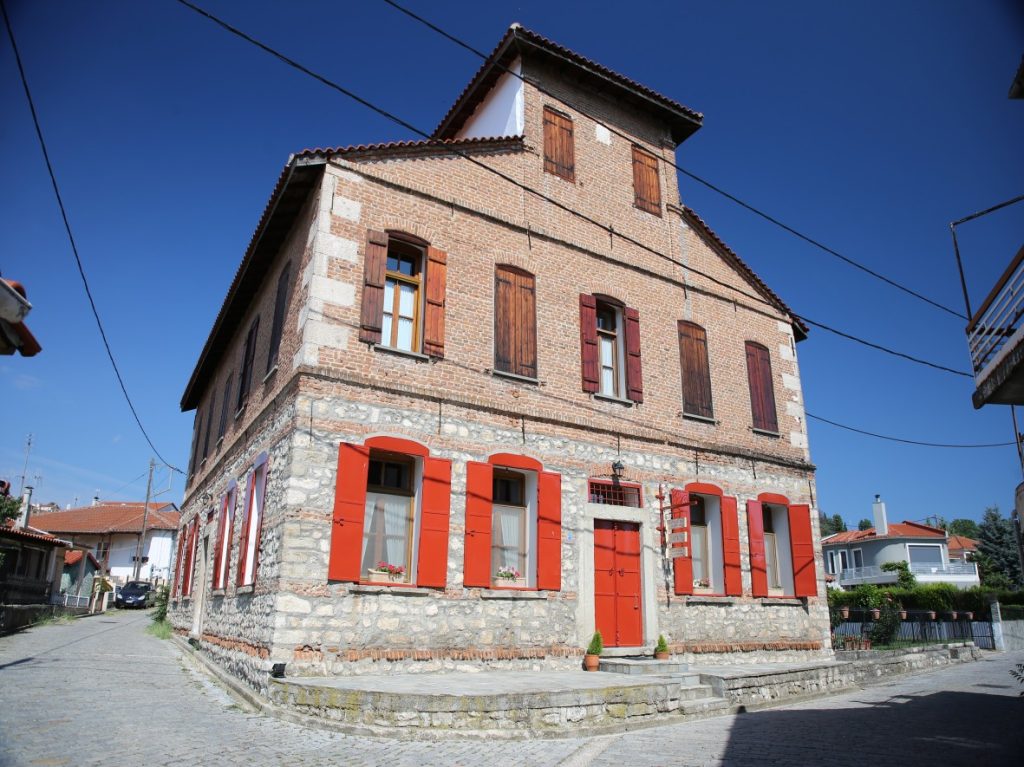
In the cocoon houses, the silk worm practiced its extraordinary art for many decades. It is almost inconceivable to us that a tiny worm that hatches from an egg smaller than one tenth of an inch, feeds on mulberry leaves until it grows thousands of times larger, and at the same time spins a cocoon of silk thread that can be 1500 miles long!
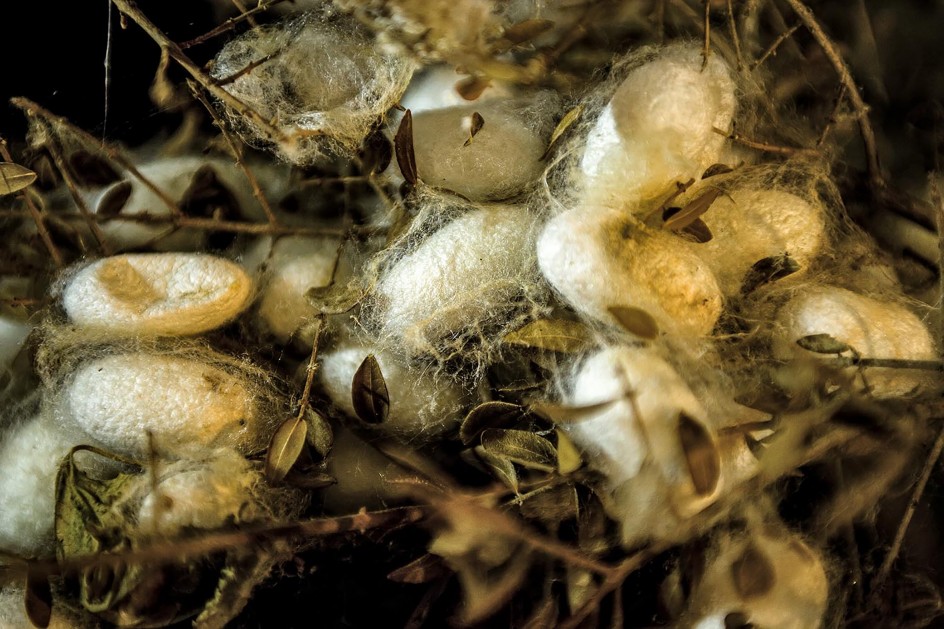
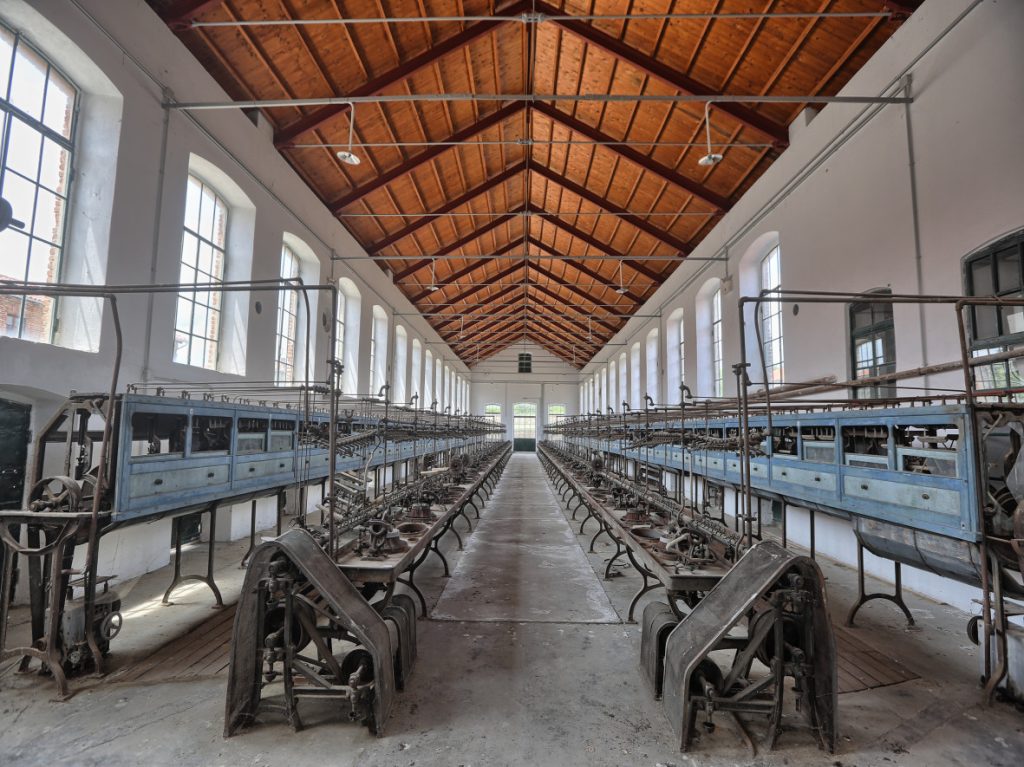
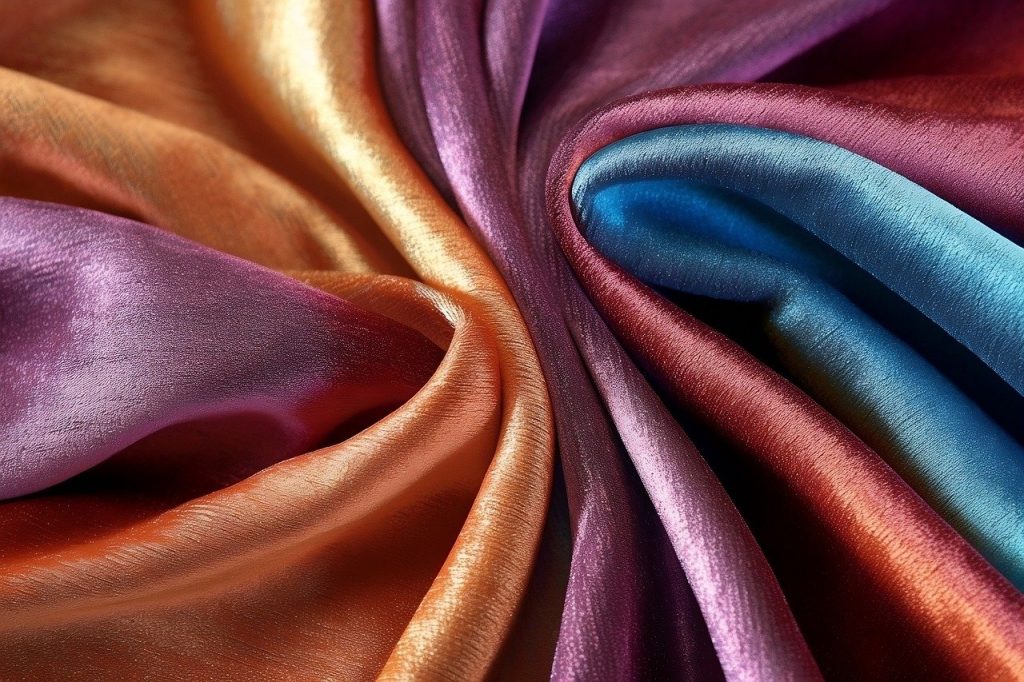
Recent recovery
The UNWTO’s selection of the silk town of Soufli as one of the world’s top tourist villages reflects the recovery that has taken place in recent years, driven by the local authorities. The cultivation of silk has started again and the production of silk fabrics has resumed. At the same time, new ways of making and using silk products have been developed. Other traditional crafts have also been promoted to highlight the region’s rich cultural heritage. With EU funding, the municipality has also organized large-scale events and festivals to attract visitors. Investments in innovative technologies such as VR and digital guides contribute to a modern and sustainable tourism offer. The silk town of Soufli combines the old and the new in a creative way.
It is no wonder that Soufli sometimes is called the town of museums. There are several impressive museums offering unique collections and exhibitions on the production and processing of silk. They also organize guided tours where visitors have a great opportunity to immerse themselves in the whole process of silk production and silk processing:
- Art of Silk Museum
- Soufli Folklore Museum
- Silk Museum of the Piraeus Bank Group Cultural Foundation (PIOP) network
- Municipal Folklore Museum
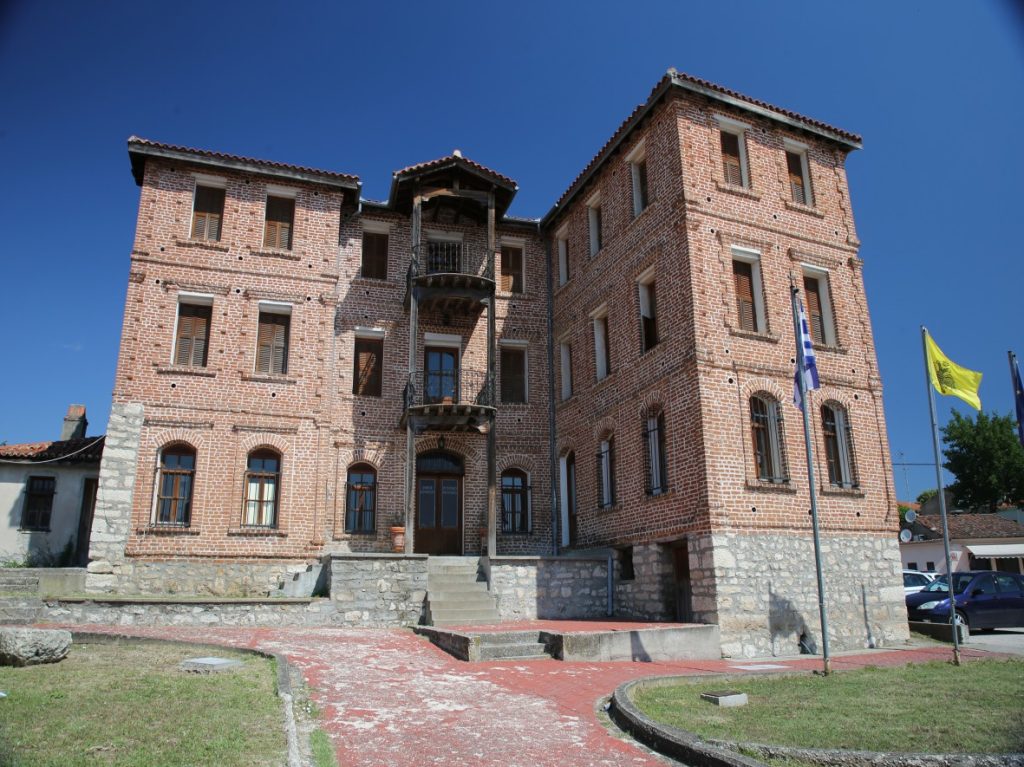

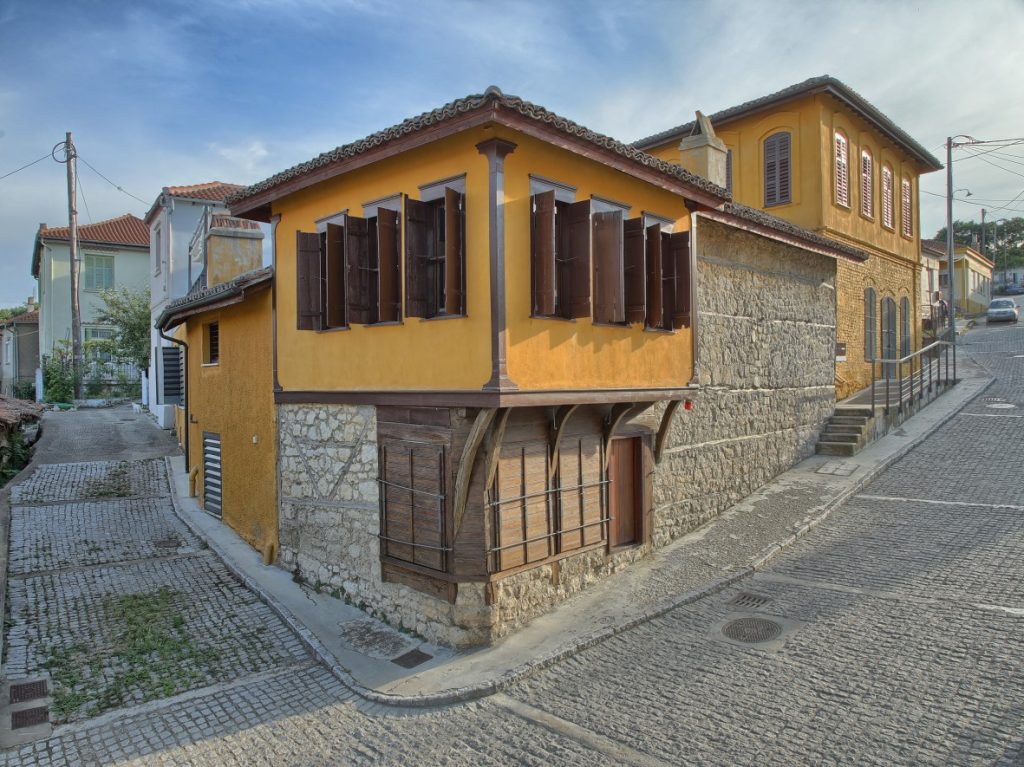
Visitors can also explore beautiful and high-quality silk products, not only in the city’s museums, but also in the numerous shops that characterize the townscape.
Taste experiences in the silk town of Soufli
Since the entire region of Thrace and the Evros Valley always constituted a crossroad and a melting pot of people and cultures, it is no surprise that Soufli offers a gastronomic diversity rich in influences from all directions. The town is known for its outstanding wine, the spicy tsipouro drink and its traditional delicacies, including tasty herb-spiced sausages, kavurma and, above all, the babo sausage – the famous Thracian delicacy. In the food shops you can also find products from local dairies and apiaries, as well as delicious dried fruits and nuts.
Detailed information on the local supply of products and services in Soufli can be found here: https://www.visitsoufli.com/
Related article: World Heritage in Greece 2023, complete UNESCO list
Sources: Municipality of Soufli, UNWTO, Wikipedia, Svenska Institutet i Athen
